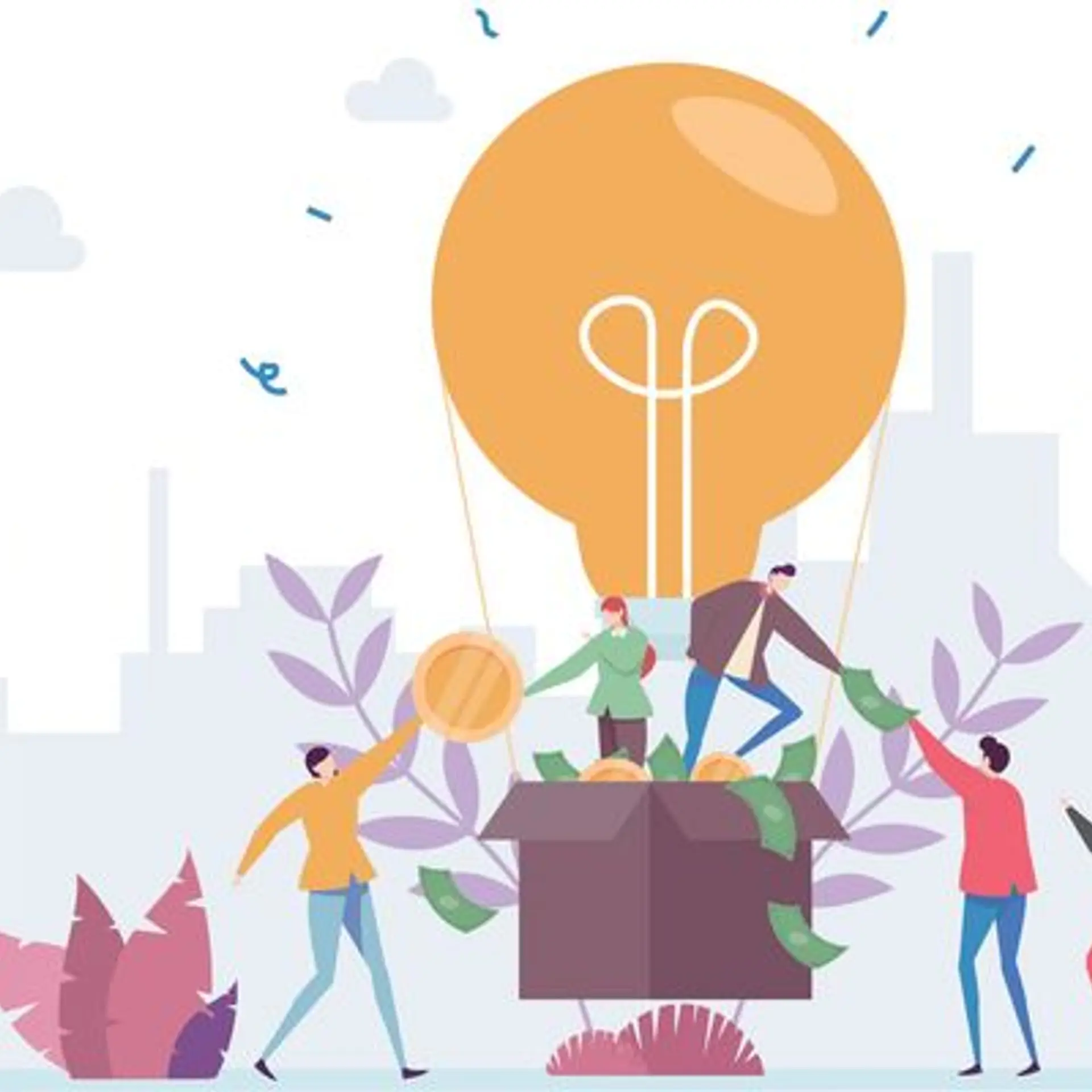Future of the connected world? IoT enabled diapers, Myoelectric limbs and amputee rehabilitation through gaming
There’s a growing trend among young college graduates to pursue their passion and take up entrepreneurial pursuits instead of slogging at corporate jobs. But many face hurdles and roadblocks because of lack of financial resources and proper guidance. Many organisations have identified this and are allocating resources to ‘catch them young’ and give budding entrepreneurs a chance to work on their dream projects. Analog Devices India through its student design fellowship, ‘Anveshan’ mentors budding engineers to enhance their system design skills by developing prototypes of their ideas.
ADI recently concluded Anveshan 2015 where the goal was to design innovative technological solutions to address growing system level challenges. After the initial stages they had 12 finalists and gave the top three a chance to showcase their innovations. Analog Devices funded the selected project development and supported the teams with the necessary hardware such as evaluation kits, emulators, components and software development tools.
Related read: Bhaag startup bhaag – the stories of 11 student entrepreneurs from India
Here are the top three innovations from the event:
IoT enabled Diaper: Baby beats

IIT Bombay team of Neeraj Babu C, Vineesh V S, Riyaz Mohammed, Apurv Mittal and Anjaly T.R had a working prototype of a baby wellness monitor.
The problem: With an increasing population of working class parents in India, many find it difficult to monitor their kids round the clock. Kids from the stage of infancy to a period of 60 months are prone to various health issues and need constant attention to keep them safe from hazards around. Common health problems include cold, fever and skin problems like diaper rashes. Respiratory diseases like upper and lower respiratory infection are also common among Indian children.
According to a survey conducted by NCBI, published as ‘Causes of neonatal and child mortality in India’, the two major cases accounting for 50% of child deaths till five years of age are pneumonia and diarrhoea. India has the highest child mortality rate as per UNICEF report on child mortality 2011.
Their Solution: Children need to be vaccinated at regular intervals and served with the necessary nutrients. It is at this time that they undergo great cognitive, emotional and social development and are most active, curious and hence are prone to hazards. This requires parents to spend a considerable amount of time to keep untoward incidents like electric shocks, hazards from water and fire at bay. The team found that most of the baby and child monitors available in the market currently were mere audio or video solutions. So they developed a working prototype of a wearable baby wellness monitor which can closely monitor the child’s clinical and general wellbeing through different sensors. The device can be clipped to the child’s diaper and monitor his or her movements, body temperature etc.
Myoelectric limbs
R.V. College of Engineering team comprising of B.Koushik, Biswajit Roy showcased their innovation through a bionic arm.
The problem: The team found that rehabilitation for the handicapped is a big issue in the world. They went through many studies about assistive devices for the handicapped and found that prosthetic hands for the upper limb are either hook or hand-shaped and are actuated by either body or external power. Body-powered prosthetic limbs are controlled by cables connecting them to elsewhere on the body. Externally powered prosthetic limbs are powered with motors which can be controlled by the patient in several ways through switches or buttons. While these are functional, they wanted to develop prosthetic limbs that are more hassle free and more intuitive to control.
Their solution: They found that a more advanced way to control a prosthetic limb was by ‘listening’ to the muscles remaining in the residual limb that the patient could still contract. Because muscles generate small electrical signals when they contract, electrodes placed on the surface of the skin can measure muscle movements. Although no buttons are physically pressed by the muscles in this case, their contractions are detected by the electrodes and then used to control the prosthetic limb- in a way similar to the switch control method.
Amputee rehabilitation through gaming
VIT, Vellore team comprising of Chandan Dhal, Akshat Wahi presented their project titled ‘Psycho-physiological training approach for amputee rehabilitation’.
The problem: Amputees generally face a tough uphill task in their rehabilitation process, which can involve repetitive tasks that are needed to strengthen muscles. So the team came up with the idea of including gaming in the rehabilitation process to provide a more personalised approach that is more accessible by conventional methods.
The solution: They found that digital signal processing of EMG signals facilitates creation of such a rehabilitation scheme and they programmed DSP processors based on ADAU 1701 to act as keyboards for playing games like Mario, where only three inputs are required to play i.e. left, right, and jump. They processed the output of three EMG sensors attached to different muscle groups to act as the inputs for the game.
For an amputee in rehabilitation this setup can provide a practice regimen, where the patient’s primary focus would be on winning the game, rather than focusing directly on the rehabilitation training. The team believes that this approach could reduce the level of stress during rehabilitation and make recovery times faster and easier. The solution is also implementable on smart phones and computers.
Website: Analog Devices
Related read: How taxi aggregators like Ola and Uber are bringing micro-entrepreneurship to students







